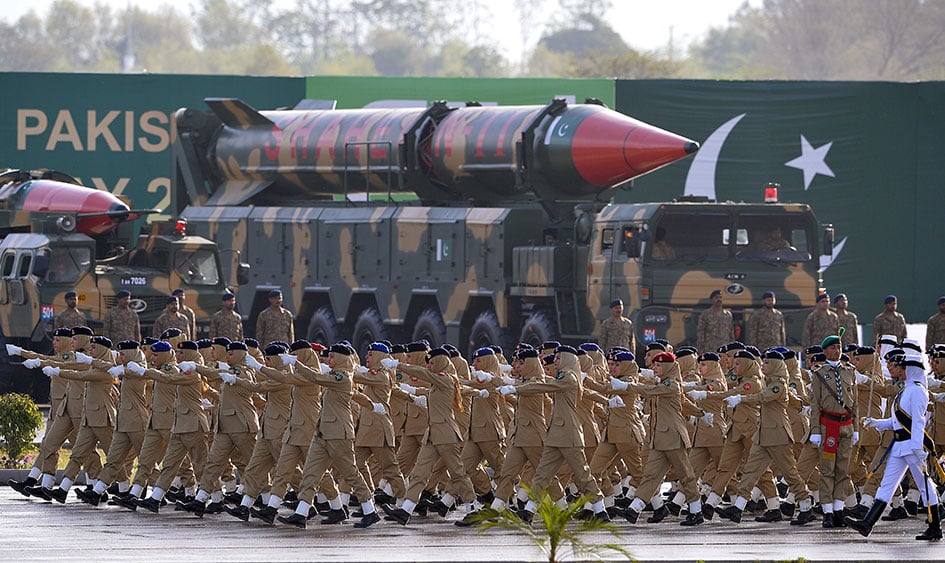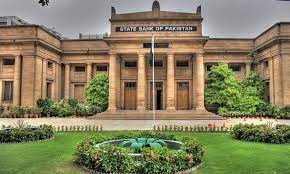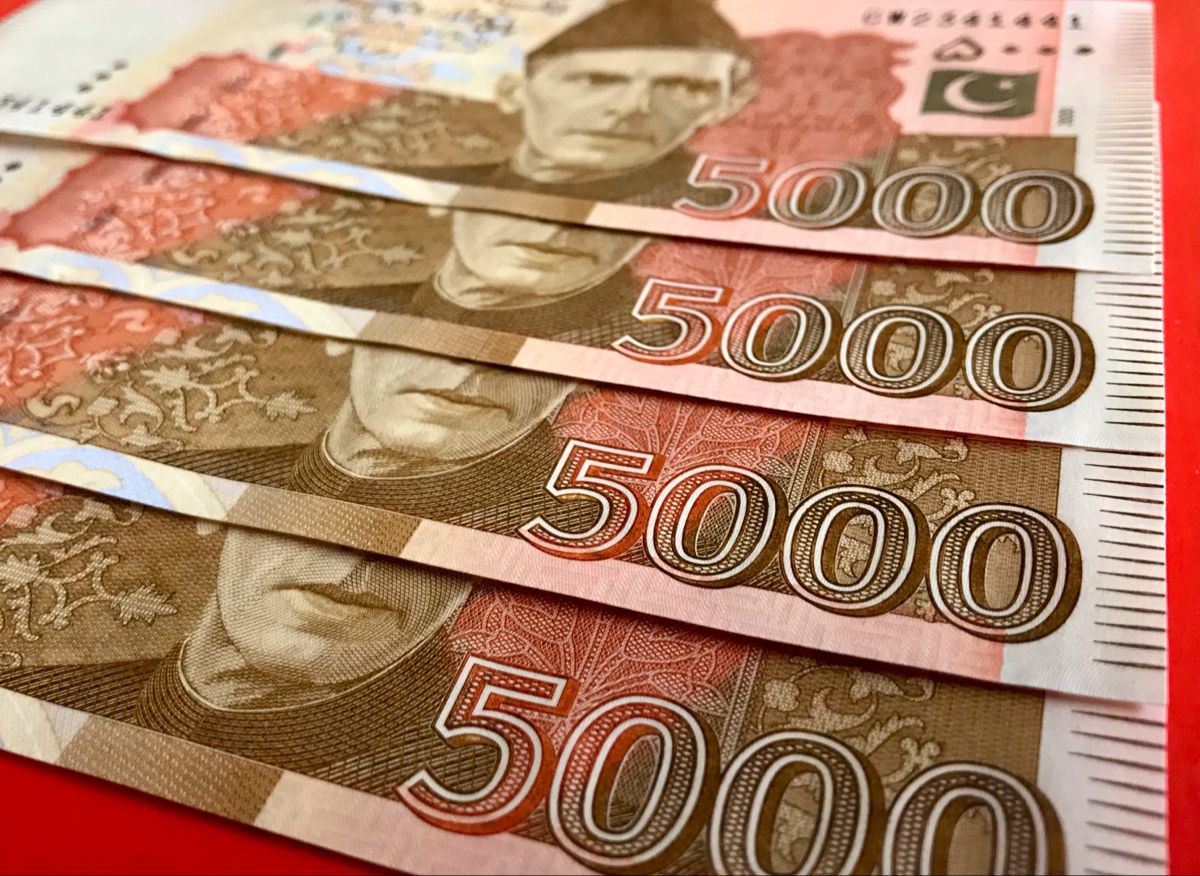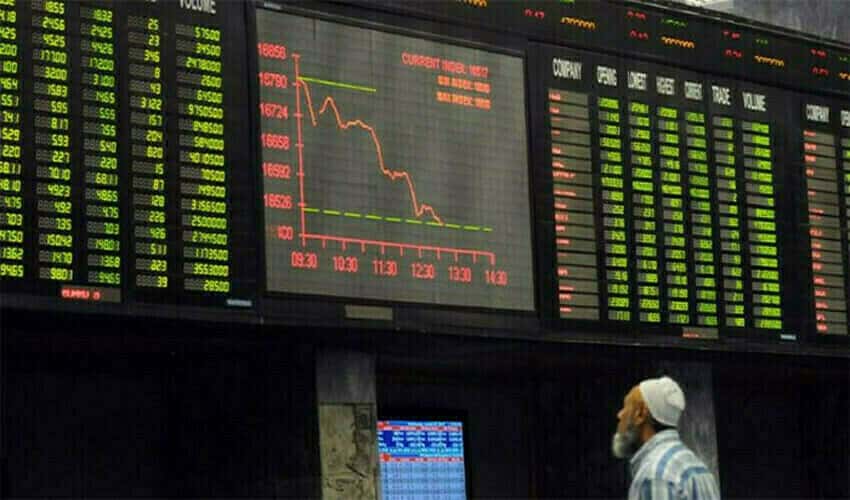Mohsin Siddiqui (Chief Reporter)
The International Monetary Fund (IMF) has released the second and final review documents of the Stand-By Arrangement, projecting Pakistan’s defence budget for the next fiscal year at Rs 2,152 billion. This figure represents a significant 19.29 percent increase from the Rs 1,804 billion budgeted for the current fiscal year. Despite repeated attempts to get a comment from the military’s media wing via WhatsApp regarding whether the IMF’s projections align with the military’s budget requirements, no response was received by the time this report was filed.
The IMF estimates that the defence allocation will constitute 1.72 percent of Pakistan’s Gross Domestic Product (GDP). For the next fiscal year, the nominal GDP at market prices is estimated at Rs 124,813 billion, up from Rs 106,577 billion for the current fiscal year.
The projected current expenditure, which includes both federal and provincial spending, is set to reach Rs 22,037 billion for the next fiscal year. This marks a 15.09 percent increase from the Rs 19,146 billion budgeted for the current fiscal year.
The federal current expenditure alone is projected at Rs 16,712 billion for the upcoming year, showing a 14.8 percent rise compared to Rs 14,555 billion for the outgoing fiscal year. This figure represents 13.3 percent of the GDP.
Interest payments, a significant component of current expenditure, are projected to rise to Rs 9,787 billion for the next fiscal year, up from Rs 8,602 billion for the ongoing fiscal year. This indicates a 13.7 percent increase.
Development expenditure and net lending are projected to climb to Rs 2,673 billion for the next fiscal year, compared to Rs 2,179 billion for the current fiscal year, marking a substantial increase of 22.67 percent.
The Public Sector Development Program (PSDP) is anticipated to reach Rs 2,590 billion for the next fiscal year. This includes Rs 890 billion at the federal level and Rs 1,700 billion at the provincial level. This projection is 22.86 percent higher than the current fiscal year’s allocation of Rs 2,108 billion, which includes Rs 782 billion for federal and Rs 1,282 billion for provincial development.
The increase in the defence budget highlights the ongoing security concerns and strategic priorities of Pakistan. However, this rise must be viewed within the broader context of the country’s economic challenges, including managing the fiscal deficit, inflation, and meeting IMF stipulations.
The significant increase in development expenditure and the PSDP indicates the government’s commitment to infrastructure and social development projects. These projects are crucial for economic growth and employment generation, which are key to stabilizing the economy in the long term.
Pakistan’s economic strategy, as indicated by the IMF’s projections, reflects a delicate balancing act between defence needs and developmental goals. The increase in the defence budget, while substantial, is part of a broader fiscal framework aimed at addressing immediate security needs and fostering long-term economic stability.
The projected rise in current and development expenditures suggests a strategic focus on improving infrastructure and public services, which is essential for sustainable economic growth. However, the substantial interest payments underscore the ongoing challenge of managing public debt.
As Pakistan navigates through its fiscal challenges, the effective allocation and utilization of the defence budget, alongside other expenditures, will be crucial. The government’s ability to implement development projects efficiently and manage its fiscal responsibilities will determine the country’s economic trajectory in the coming years.
For stakeholders and observers, the focus will be on how Pakistan balances its defence spending with developmental needs, and how it leverages its resources to foster economic growth while ensuring national security.




